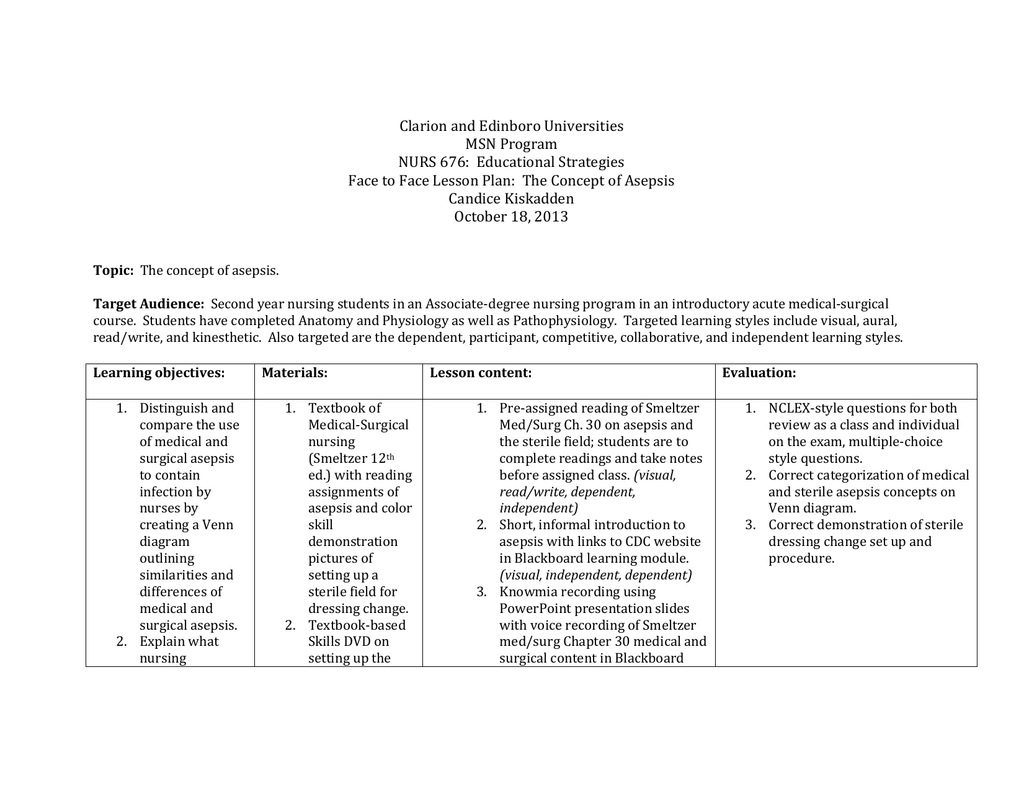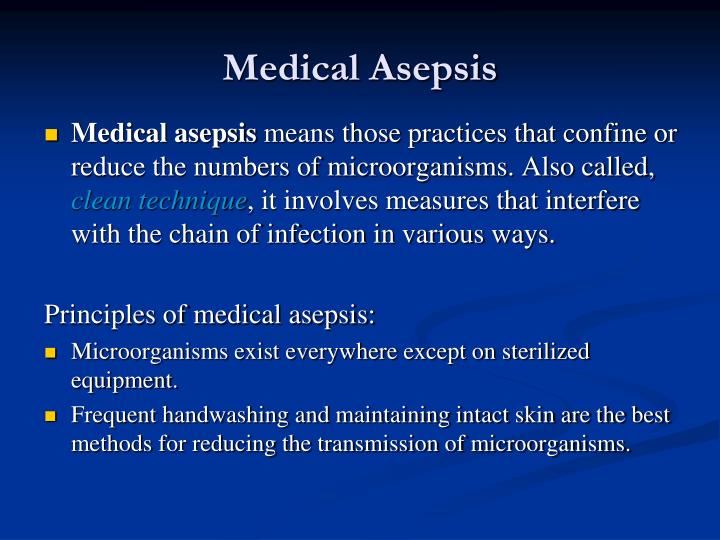

Pronounce the terms correctly crossword puzzles, of key terminology and D. Games: word searches, five words from the list C. Review the terms listed in the terminology section A. Recommended Teaching Clinical Demonstration/ Content Outline Strategies and Method of Evaluation Assignments Objective 1 Define key terminology. The Dimensions of Engaged Teaching: a Practical Guide for Educators.

Standards, Toxic and Hazardous Substances and Bloodbourne Pathogens, 1910.1030. Infection control guidelines issued.The New York Times. (2018) Mosby’s Textbook for Nursing Assistants. (2018) Workbook and Competency Evaluation Review for Moby’s Textbook for Nursing Assistants (9th ed.) St. California Nurse Assistant Candidate Handbook for National Nurse Aide Assessment Program. Hartman's Nursing Assistant Care: Long-Term Care (4th ed.). Teaching Ideas and Activities for Health Care. Workbook for Hartman's Nursing Assistant Care: Long-Term Care (4th ed.). Department of Health Services, January 17, 1996. Guideline Prevention and Control of Antibiotic Resistant Microorganisms - California Long-Term Care Facilities. Instant Teaching Tools for the New Millennium. (2008) Hand Hygiene Saves Lives: Patient Admissions Video Available at %2520Hygiene 8. Centers for Disease Control and Prevention. Guidelines for Environmental Infection Control in Health-Care Facilities (No updated CDC source) 7. Centers for Disease Control and Prevention (2007) Guideline for Isolation Precautions: Preventing Transmission of Infectious Agents in Healthcare Settings 6. Lippincott Essentials for Nursing Assistants: a Humanistic Approach to Caregiving. California Medical Waste Management Act, California Health and Safety Code, Division 20, Chapter 6.1, Section 25015. Workbook to accompany: Nursing Assistant: A Nursing Process Approach.

Nursing Assistant: A Nursing Process Approach. Identify the psychological effects of standard precaution and transmission based precautions on patient/patients/residents Define transmission-based precautions 13. Describe personal protective equipment (PPE) and proper use 12. Explain standard precaution procedures 11. Identify the roles of the Centers for Disease Control (CDC) and the Occupational Safety and Health Administration (OSHA) in the prevention of infections 10. Differentiate between medical and surgical asepsis 9. Describe the signs and symptoms of infection 8. List four lines of defense against infection in the body 7. Identify the six parts of the chain of infection 6. State five conditions necessary for infectious agents to grow 5.

Discuss two antibiotic resistant bacteria 4. Name four infectious agents (microbes) and discuss the diseases they cause 3.
MEDICAL TERMINOLOGY AND PRINCIPLES OF ASEPSIS PLUS
Performance Standards (Objectives): Upon completion of the two (2) hours of class plus homework assignments and eight (8) hours of clinical experience, the learner will be able to: 1. Patient, patient/resident, and client are synonymous terms referring to the person receiving care VirusĬalifornia Community Colleges Chancellor’s Office Nurse Assistant Model Curriculum - Revised December 2018 of 31 Vancomycin-Resistant Enterococci (VRE) 59. Environmental Protection Agency (EPA) 39. Disposable Staphylococcus aureus (MRSA) 56. Procedures and precautions to protect patient/patients/residents, health care workers and others from infection are presented, including standard precautions, transmission- based precautions and biohazardous waste management. Module 6: Medical and Surgical Asepsis Minimum Number of Theory Hours: 2 Suggested Theory Hours: 5 Recommended Clinical Hours: 8 Statement of Purpose: The purpose of this unit is to present information about asepsis and the control of infection.


 0 kommentar(er)
0 kommentar(er)
